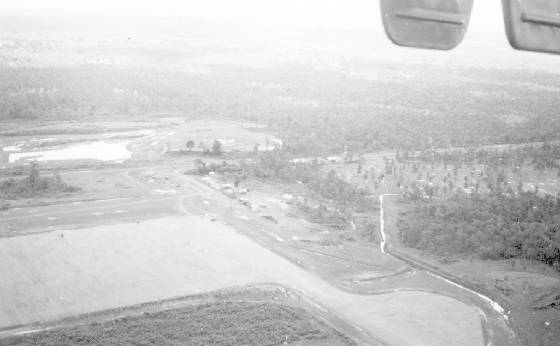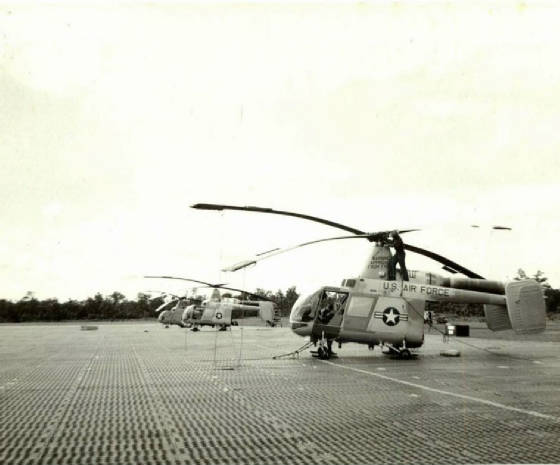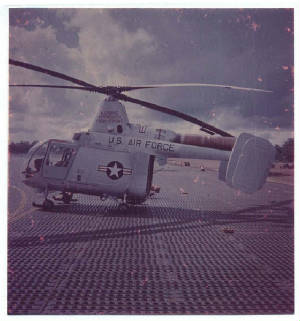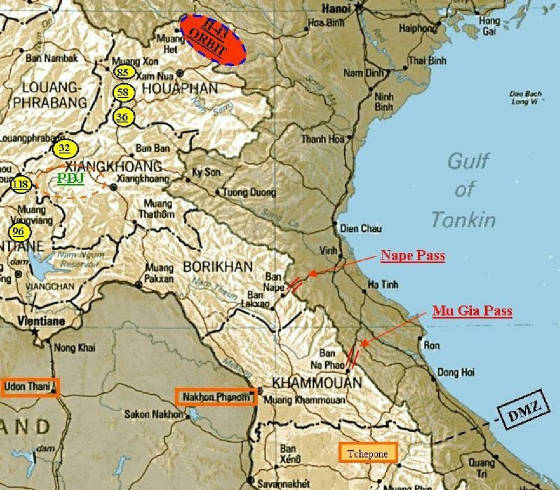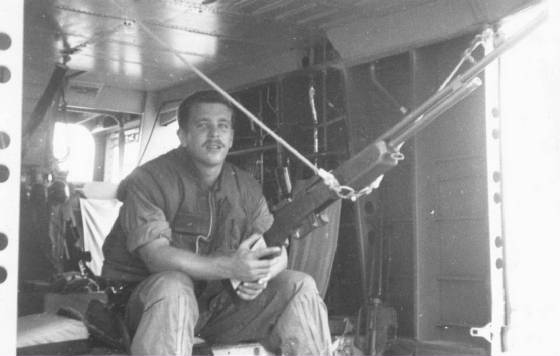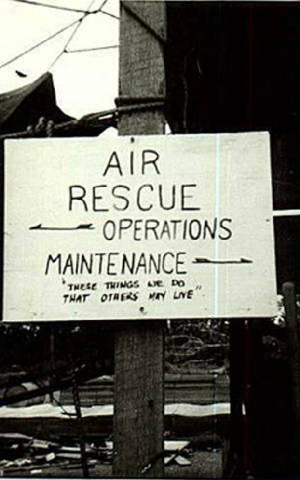
| Home | Return With Honor | Where Are You? | History of Isan | November 1962 | Det Prov.3 PARC | 56th Air Commando Wing | Communist Thai | The Zorros | 1st SOS | SOG MACV MLT 3 | 21st Special Operations Sq | 21st SOS Over The Fence | 21st SOS Pictures Page | Squadron VO-67 U.S.N. | 23rd TASS | 23rd TASS - Steel Tiger | Reports From The Trail | 23rd TASS Cricket Lament | 606th Special Operations Squadron | 606th - Over The Fence | Long Tieng - Alternate 20A | Alternate 20A Today | 119K Stinger Gunship | 56th Security Police Sq | 56th Security Police II | 6994 Security Squadron | Arrival: My First Day | The Gift | PCS: My Last Day | Son Tay Raid | 456th MMS | Back to The Jungle | NKP Map | Thare | Thare II | Operation Tailwind | Red Horse | NKP Pictures Page | NKP Pictures 1 | NKP Pictures 2 | NKP Pictures 3 | NKP Pictures 4 | NKP Pictures 5 | NKP Pics 6 | NKP Pics 7 | Favorite Links | Personal Web Site | |||||
|
Nakhon Phanom During The Secret War 1962-1975 |
|||||
|
Det Prov.3 PARC |
|||||
|
By Leonard Fialko and Ken Franzel Reprinted with permission of Pedro News: http://users.acninc.net/padipaul/pedrohome.htm Steve Mock - Editor |
|||||
|
First from Len: I arrived at Naha on June 15, 1964. The next two days were
spent preparing the two aircraft for air shipment and assembling mobility gear. We arrived at NKP on
June 17. Some of us went to Udorn to assemble the aircraft. A T-28 unit of American advisors were stationed
there and provided quarters and facilities for us. We flew the aircraft back to NKP
on 21 June. I remember the living and operating conditions best. We had always had support units which
provided meals, quarters and specialized maintenance. NKP was, when we arrived,
just a PSP runway.
|
|||||
|
|
|||||
|
No one in the unit had any combat experience [from WWII or the Korean War], nor did we
receive any briefing on what to expect. We did a lot of guessing and hoped the bad guys were as dumb as we were. Fortunately,
we had no rescue missions while I was there.
We did, however, make some modifications to the aircraft. Much of the area we were to
cover was at the maximum range of the HH-43 and at high altitude. We removed all doors for weight and carried 2 - 55 gal drums
of JP-4 in a wood rack in the cabin. I believe we intended to land and hand pump the fuel into the aircraft tank. We also
traded for two BAR's which we mounted on ropes firing aft from the cabin.
The only other name that I can remember is then-Captain Michael C. Tennery. He
stayed a month or so longer than I did and came from Naha." Next, Ken Franzel's recollections My part in Air
Rescue in SEA actually began when I was assigned
to Det 4, 36 ARS in Osan, Korea. In April 1964 I had just arrived when Det 4 was tasked to provide a pilot for the H-19 unit
in Itazuke , Japan. Since I had H-19 experience and was not checked out in Korea, I was the one selected. After a month or more in Japan, Itazuke closed down and I was to return to Osan.
However, Det 4 had now been tasked to send an HH-43B pilot to the 33 ARS at Naha
AB Okinawa. I was already TDY again so
I was selected for this trip. From this point my orders were only verbal orders of the commander (VOCO). Upon arrival in Naha, I checked into
the BOQ and had a message waiting for me from the squadron commander (I think Col. Dyberg was the 33rd CO but am
not sure). The note said "don't unpack, we're moving out". The squadron had a meeting that evening and as I remember was not
told more than that we were going to SEA. The move of course was classified and kept as quiet as possible.
An aside - a couple of interesting incidents as we were prepared for what, we knew not?
During briefing a list of personal items required for the deployment was read. One item was the radiation dosimeter (the cold
war item for detecting an individual's radiation exposure). I raised my hand and said I didn't have one. The briefer (who
was not being deployed) took his off from around his neck, tossed it to me and said "now you can go". Another item was the
issue of weapons. Aircrews were issued the 38 revolver and shoulder holster and all were issued the AR-15. The only AR-15s
on base had arrived for the APs. These were
transferred to the 33rd and in turn to us. The AR-15s were still in plastic bags with the factory operating manual.
None of us had ever seen one before!. The teardown of the HH-43Bs started
that night. It must have been at least 24 hours later when the C-130s were loaded and ready to go. We first landed at DaNang
AB to refuel, etc. DaNang at the time had a rotation squadron of F-100s sitting out in the
open on the ramp. The only difference from an ordinary base, other than the old buildings, was the sight
of everyone armed all the time. The C-130 made a steep approach into DaNang and a tactical takeoff in order to avoid the possibility of ground fire. After a short flight over jungle terrain our C-130 made a short field landing on a PSP
runway, which turned out to be Nakhon Phanom. Welcome to Naked
Fanny! 6000 ft. of PSP runway, a PSP ramp and a couple of old Thai-occupied metal buildings left over from when the
USN SeaBees constructed the base sometime earlier. The C-130 crew would not shut down the engines for offload as they were unsure of the
security of the airfield. On the ramp were stacks of metal cots, mattresses, bedding, C rations and 55 gallon drums of JP-4.
That was the beginning! We offloaded except for the helicopters and some of the pilots went back onboard for the flight to
Udorn. As I remember one C-130 with helicopters and mechanics had gone directly from DaNang
to Udorn to off-load and begin assembly of the HH-43s. Leaving a skeleton crew composed of a couple of pilots, the unit CO and mostly medics
behind the other pilots including myself and mechanics left for Udorn. Note: we started out with medics, not PJs.
This was not to be as the mechanics had already had little sleep since
the teardown began. It was evident we had to have more time. After the mechanics had tried for two hours to put one blade
attaching bolt in place (normally a few minute job) we had to call it a day. In the meantime the Air America pilots told us to do something with the 43 paint job. We had
been deployed into a combat situation with silver and day-glo orange paint.
Our mission early on was to cover US Navy flights over Laos, primarily the PDJ (Plain of Jars).
We did have WW II vintage flak vests and hip protectors. The hip protectors were folded
and placed under the seat cushions; the vest was worn over a T shirt, with locally custom made fatigue pants (individually
purchased). Flight suits were unbearably hot. Helmets were bright white (good targets) which one by one were getting hand-painted
black or green. The 43 was also not armed. This was partially solved by each crew member carrying his AR-15 and 38 aboard.
In a trading deal with a classified unit in the area (I'm still not sure who they were) we were able to trade a case of insect
repellent for a case of hand grenades, two BARs (Browning Automatic Rifle) and ammo. The grenades were to drop from the 43
by putting the grenade in a glass jar (after pulling the pin) and dropping from a safe altitude. The BAR was tied in the 43
with ropes (clamshell doors were removed). There was of course nothing to keep one from shooting the tail off!
Mission control was somewhat confusing. The 1st MOB unit monitored ongoing missions
listening for code words indicating aircraft downed or bailouts. We were monitoring with 1st MOB so we were alerted at
the same time. An airborne HU-16 then was to take over rescue control in conjunction with JSARC
(Joint Service Air Rescue Center) in Saigon. Politics did get involved in mission control especially
an initial requirement for JSARC approval prior to crossing a border [a mission delay of hours or days could result]. The HU-16
not only provided control but was our source of mail and personal supplies. We would put in a BX order with Center or HU-16
by radio then on their next mission they would drop our order in with a spotter chute.
After some time of this type of living we were able to contract for quarters in NKP. The quarters were known as The Civilized Motel and were not much of an improvement
but at least it had running water and no, or at least fewer, snakes and scorpions. It was later learned that the motel was
supposedly operated by North Vietnamese VC sympathizers. We had many of our original group return for later SEA
assignments. Two of these that I know of, a Sgt Black and one of our pilots, were captured on later assignments. Sgt. Black
was a POW for 6+ years and I think the pilot for 5+ years. Our CO's first name was Dave and he was a captain. He kept a daily
log at NKP which would really help the NKP story.
Forward to 1968 - I (Morse) clearly recall the attitude of a number of the troops about
NKP. Not too complimentary, but it sure beat 1964! The PSP runway was still
there when I arrived in June 1968 but was replaced during the dry season. No big deal for the Jollys,
but the others appreciated the change. A final footnote DetProv.3 DetCO (P) Capt Lucian A. Gunter III 33ARS (P) Capt Leonard Fialko [augment
from DET1 36ARS Misawa AB, JP] (P) 1Lt Michael C. Tennery 33ARS (P) 1Lt Kenneth Franzel [augment from DET4 36ARS Osan AB, ROK] NCOIC (FE) SSGt Charles D. Severns 33ARS (FE) A1C Fred D. Scott 33ARS (FE) SSGt James W. Burns [augment
31 ARS Clark AB, ROP] (EM) SSGt John Willcox Jr. 33ARS (MT) SSGt David H. Blouin [51st
USAF Dispensary] (MT) SSGt Donald L. Watson [51st
USAF Dispensary] (MT) A1C David C. Black [51st
USAF Dispensary] (MT) A1C Morris Johnson Jr. [51st USAF Dispensary] |
|||||
